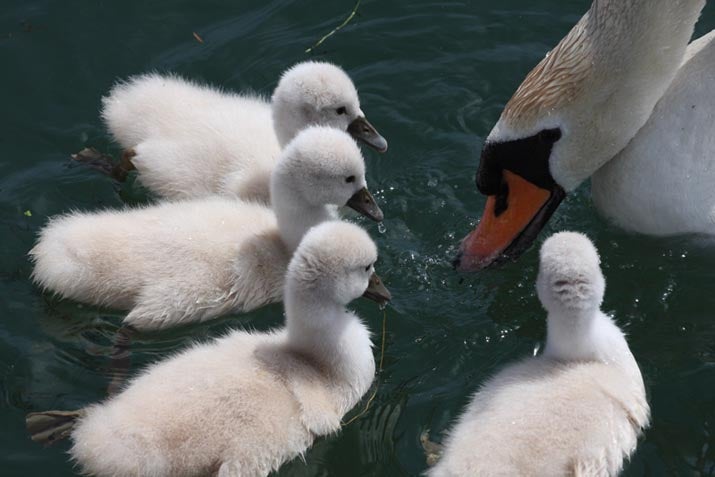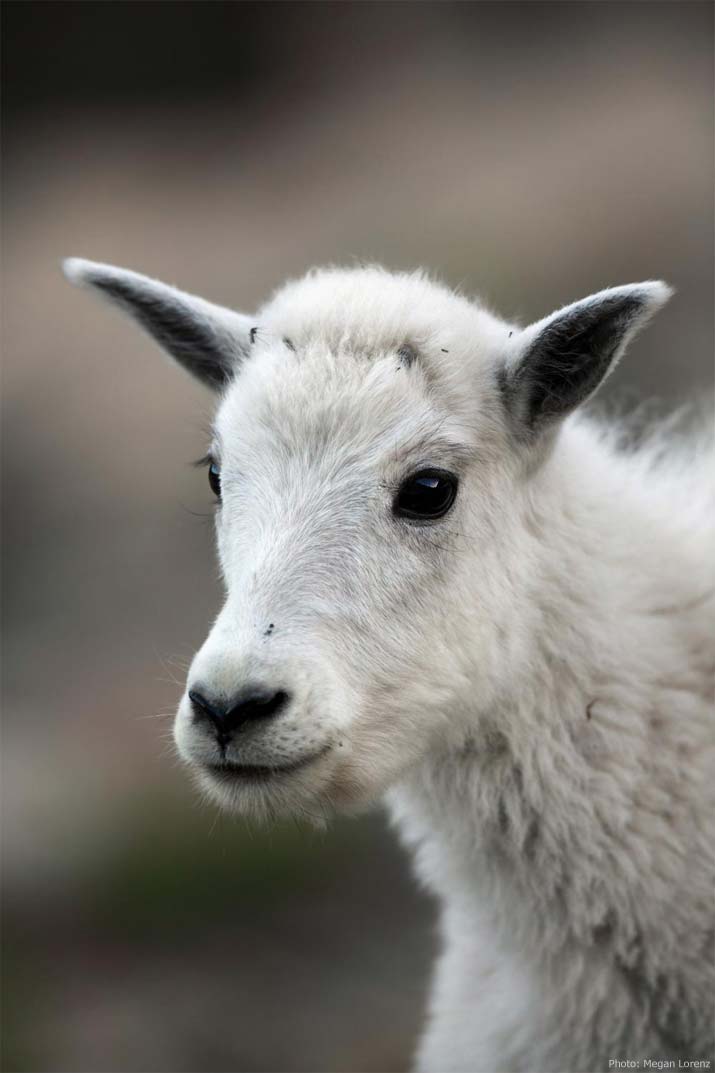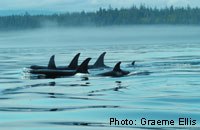May 9, 2013
Claire Preston

Photo: Christine Jones
It is undeniable that the bond between mother and child is one of the strongest and most important in the animal kingdom. As this bond is the first that newborns make upon entering this world, babies learn everything from their mothers, from survival skills to social cues and everything in between. Not only is the mother–child relationship important on an emotional level, but it can also increase the chance of survival for offspring and the species as a whole.
Here are three amazing examples that demonstrate the power of the bond between mother and child in the animal kingdom.
Scent of a Mother

“Marco! Polo!”

Mommy’s Boys
 Did you know that female killer whales have the longest post-reproductive lifespan of any non-human species? They stop reproducing in their 30s and 40s but can live well into their 90s. Research has shown that the presence of a female in a group who no longer reproduces greatly increases the survival of the older offspring.
Did you know that female killer whales have the longest post-reproductive lifespan of any non-human species? They stop reproducing in their 30s and 40s but can live well into their 90s. Research has shown that the presence of a female in a group who no longer reproduces greatly increases the survival of the older offspring.
A little note about the social dynamic of a whale group: offspring will stay with their mother in a single group for their entire lives. When males mate, the mating female cares for the offspring in another group, whereas when females mate the young remain with her, increasing competition for resources within the group.
Theoretically females should have a better chance of spreading their genes if they focus their energy on their male offspring, and research has backed up this hypothesis. Male killer whales have been characterized as “mommy’s boys” who struggle to survive without their mothers’ help. A male killer whale’s chance of death increases 14-fold in the year following its mother’s passing. This increased need for mothers to care for their adult sons provides a strong explanation for why female killer whales experience such a long menopausal lifespan.






